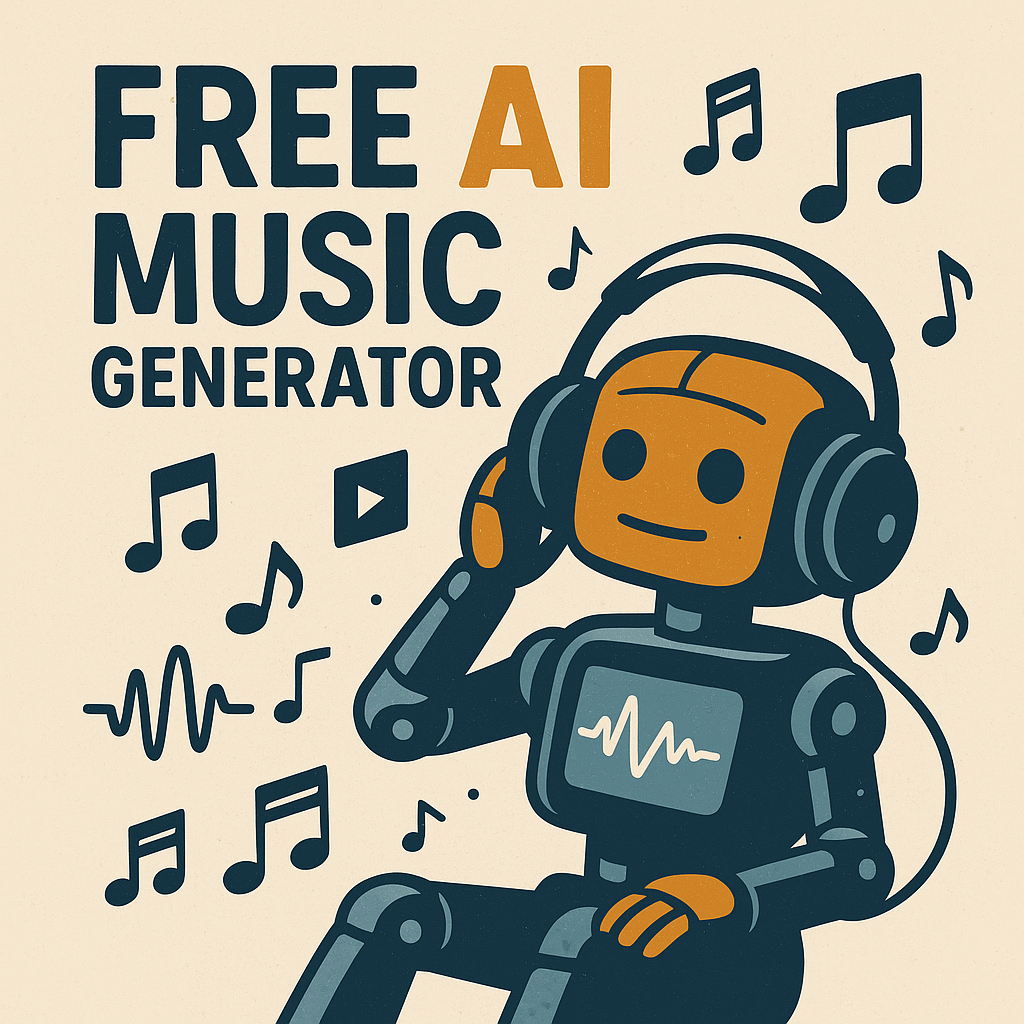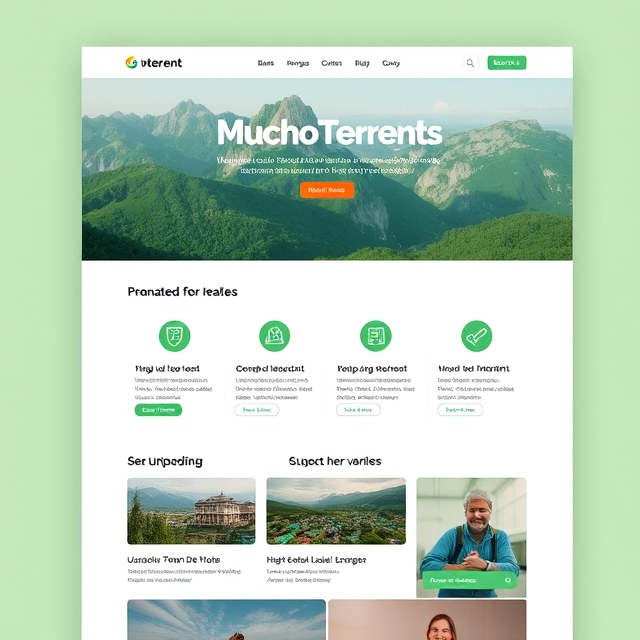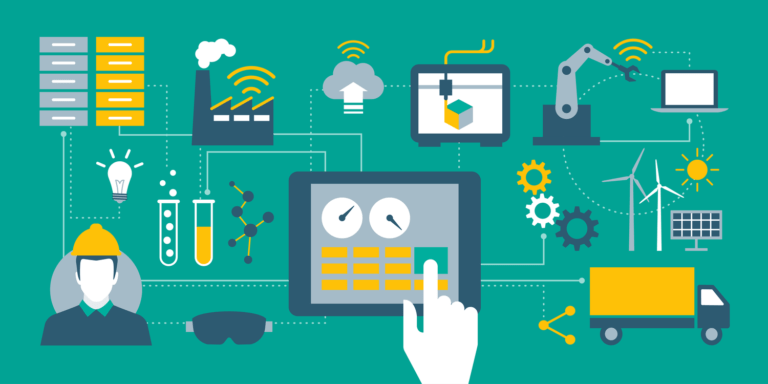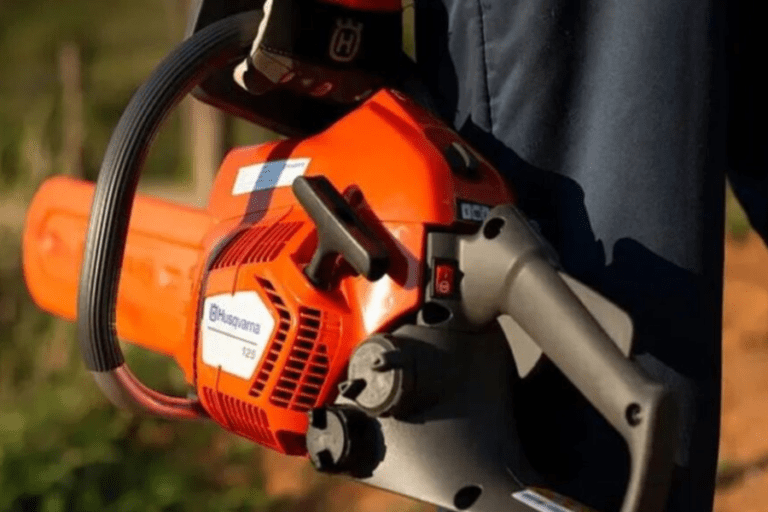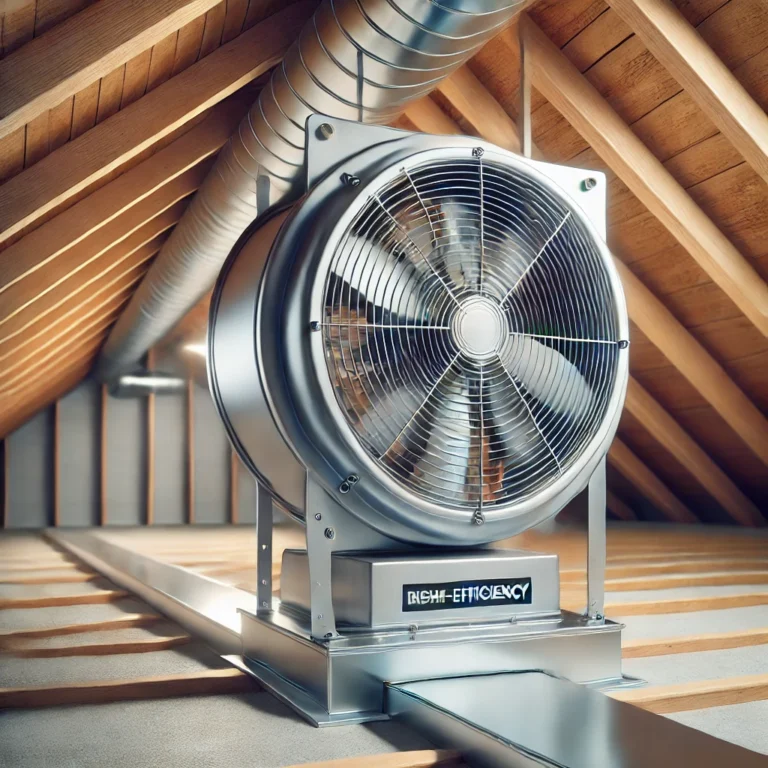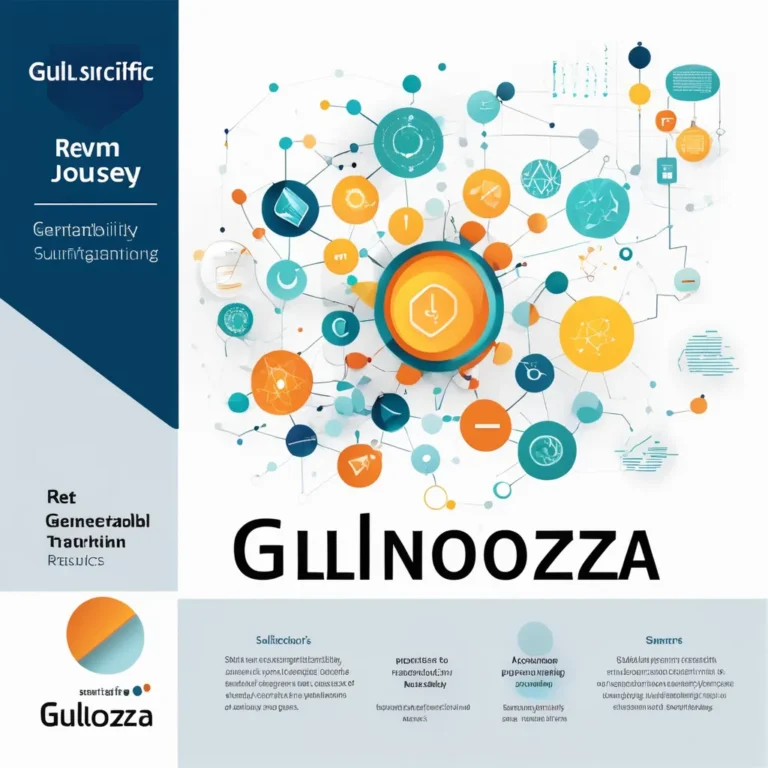How to Create Your Own Free AI Music Generator: A Step-by-Step Guide
The advent of AI in music production has made it easier than ever to compose original music, even for those without formal training or expensive equipment. Whether you’re a content creator looking for background music or a hobbyist wanting to explore music creation, building a free AI music generator can provide a wealth of creative possibilities. In this article, we’ll guide you through the process of creating your very own free AI music generator and explore some of the tools and resources available for this exciting venture.
Why Create Your Own AI Music Generator?
Before we dive into the process, let’s discuss why you might want to create your own AI music generator. Here are some key reasons:
- Customization: By creating your own AI music generator, you can tailor the features and functionality to suit your specific needs. You can fine-tune the types of music it generates, adjust complexity, and experiment with different genres or moods.
- Learning Opportunity: Building an AI music generator is a fantastic learning experience for those interested in the intersection of artificial intelligence and music. It provides hands-on exposure to AI, machine learning, and music theory in a practical way.
- Cost-Free Access: Creating your own AI music generator gives you complete control over the tool without worrying about subscription fees or premium versions of commercial platforms.
- Personalization: Unlike commercial platforms that have preset templates or limitations, a DIY music generator will give you the flexibility to explore different algorithms, music styles, and data sources, allowing for a truly personalized musical experience.
What You’ll Need to Create Your Own Free AI Music Generator
Creating a free AI music generator involves several steps, including selecting the right tools, understanding machine learning, and accessing music data. Below is an overview of what you’ll need:
- Basic Programming Knowledge: If you want to create an to Create Your Free AI Music Generator from scratch, having a basic understanding of programming languages like Python is essential. Python is widely used in machine learning and offers many libraries for AI development.
- Machine Learning Frameworks: To build your AI model, you’ll need machine learning frameworks. The most popular ones include TensorFlow, PyTorch, and Keras. These frameworks provide pre-built functions that make it easier to develop and train your AI models.
- Music Data (Training Data): AI systems learn by analyzing data, so you’ll need access to a large dataset of music to train your model. You can find music datasets from various sources, such as the Million Song Dataset or the Free Music Archive, which are publicly available and ideal for training AI models.
- Music Generation Model: Several models exist that focus on generating music through AI. One of the most famous is Magenta, a research project from Google that focuses on music and art creation using AI. It offers tools and models you can use to train your own AI music generator.
- Music Composition Algorithms: To generate music, you need to use algorithms that can mimic musical structures, such as chord progressions, rhythms, and melodies. Recurrent Neural Networks (RNNs) and Generative Adversarial Networks (GANs) are two types of algorithms commonly used for music generation. These algorithms learn patterns and can generate new music based on that learning.
Step-by-Step Guide to Creating Your Free AI Music Generator
Now that you have the tools and knowledge, let’s walk through the process of creating your own AI music generator.
Step 1: Set Up Your Development Environment
Before you begin, make sure you have Python installed on your computer. If you don’t have it, download and install it from the official website.
- Install machine learning libraries like TensorFlow or PyTorch using pip (Python’s package installer). For example:
Install other necessary libraries, such as NumPy and pandas, which are useful for handling data.
Step 2: Collect and Prepare the Data
To train your AI music generator, you’ll need a large dataset of music. You can use publicly available datasets like:
- The Million Song Dataset: A collection of 1 million songs that provides metadata and audio features for each song.
- Free Music Archive: Offers a wide range of royalty-free music in various genres.
Once you’ve obtained your dataset, preprocess it to make it suitable for training. This might involve extracting features like pitch, rhythm, and tempo, and converting them into a format that the AI model can understand (such as spectrograms or MIDI files).
Step 3: Build Your AI Model
For the AI to generate music, you need to build a model. A popular approach for music generation is using Recurrent Neural Networks (RNNs), which are particularly good at sequential data like music.
Here’s a simplified breakdown of how to create a basic RNN model for music generation:
- Input Layer: This is where you input the musical data (e.g., MIDI notes, chords).
- Hidden Layer(s): These layers process the input and learn from it. You can use Long Short-Term Memory (LSTM) networks, which are a type of RNN capable of learning long-term dependencies.
- Output Layer: The output layer generates a new sequence of musical notes, rhythms, and chords based on what the AI has learned.
You can use Magenta to simplify this process, as it provides pre-trained models and tools for generating music.
Step 4: Train Your Model
Once you have your model and dataset ready, it’s time to train the AI. Training an AI model requires substantial computational power, so it’s best to use cloud platforms such as Google Colab or Kaggle Notebooks, which provide free access to GPUs.
- Feed the prepared music data into your model and train it to recognize patterns.
- Adjust parameters such as the learning rate and number of epochs to improve the model’s performance.
- Evaluate the model’s output after each training session to see how well it generates music.
Step 5: Generate Music and Fine-Tune
After training, you can use your AI model to generate music. Based on the input parameters (e.g., style, genre, tempo), the AI will create an original piece of music. You may need to fine-tune the model or adjust the parameters to improve the quality of the generated music.
Step 6: Export and Use the Music
Once you have a generated composition that you’re happy with, you can export it in various formats such as MIDI, WAV, or MP3, depending on your preferences and how you intend to use the music. You can now use it in your creative projects, whether for videos, games, or personal compositions.
Tools and Resources for Creating Your Free AI Music Generator
- Magenta: An open-source project by Google that offers tools and models for music generation. It simplifies the process of building and training music-generating AI systems.
- TensorFlow/Keras: Libraries that provide deep learning models for building AI applications, including music generation.
- MuseNet: OpenAI’s MuseNet is capable of generating complex compositions in various genres. It can serve as an inspiration or starting point for your own model.
- Google Colab: A free cloud-based service that provides access to GPUs for running machine learning models, making it easier to train your music-generating AI.
Conclusion
Creating your own free AI music generator is a rewarding and educational endeavor. While it requires some technical knowledge, especially in machine learning and programming, the process allows you to build a personalized music-generating tool that can produce original compositions tailored to your needs. With the help of free tools like Magenta, TensorFlow, and open datasets, you can explore the fascinating intersection of AI and music, and create something truly unique.
So, whether you’re a tech enthusiast, aspiring musician, or content creator, now is the perfect time to dive into the world of AI music generation and start building your own free AI music generator. The possibilities are endless!
